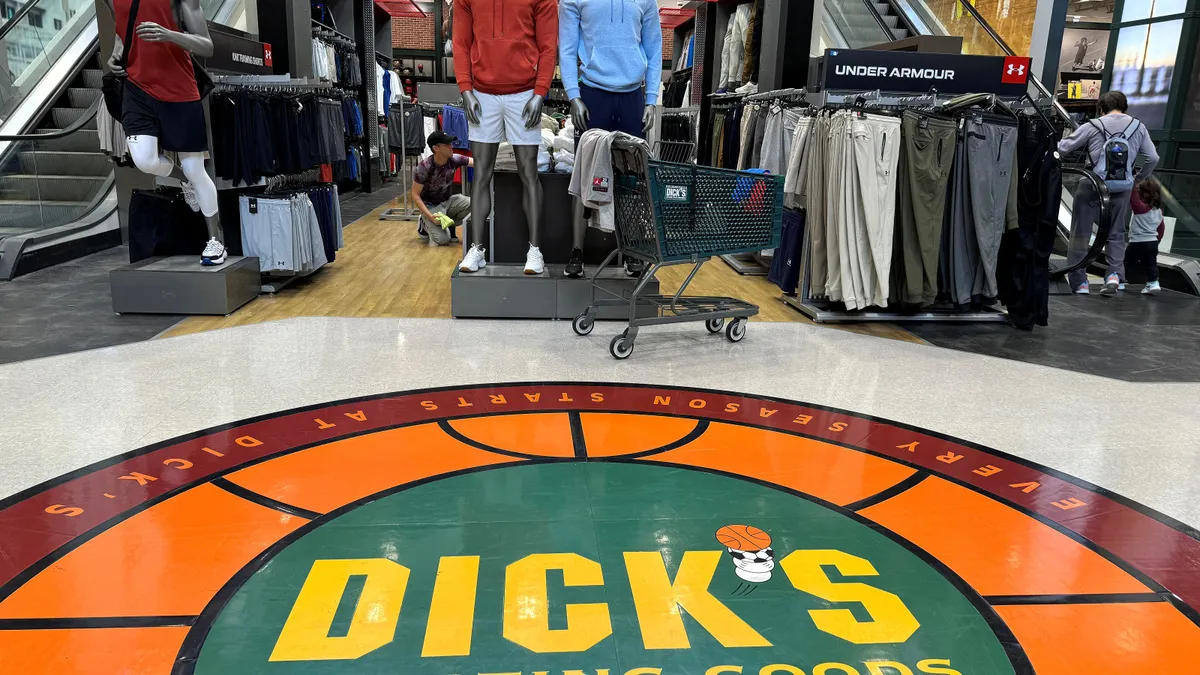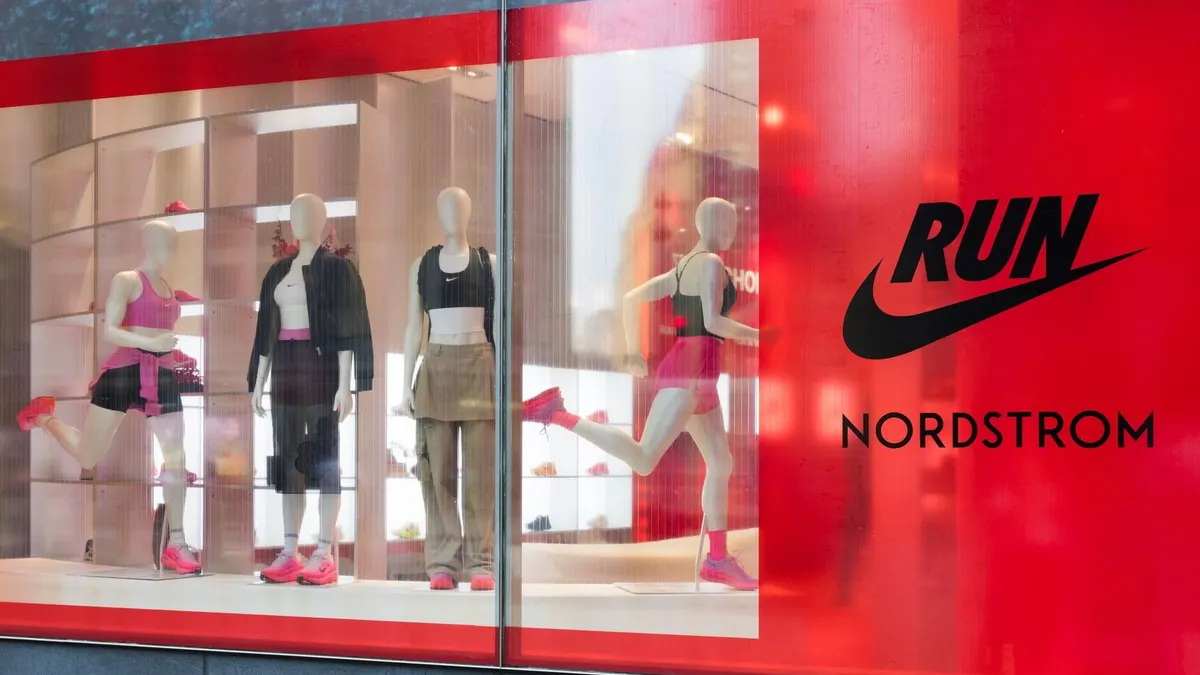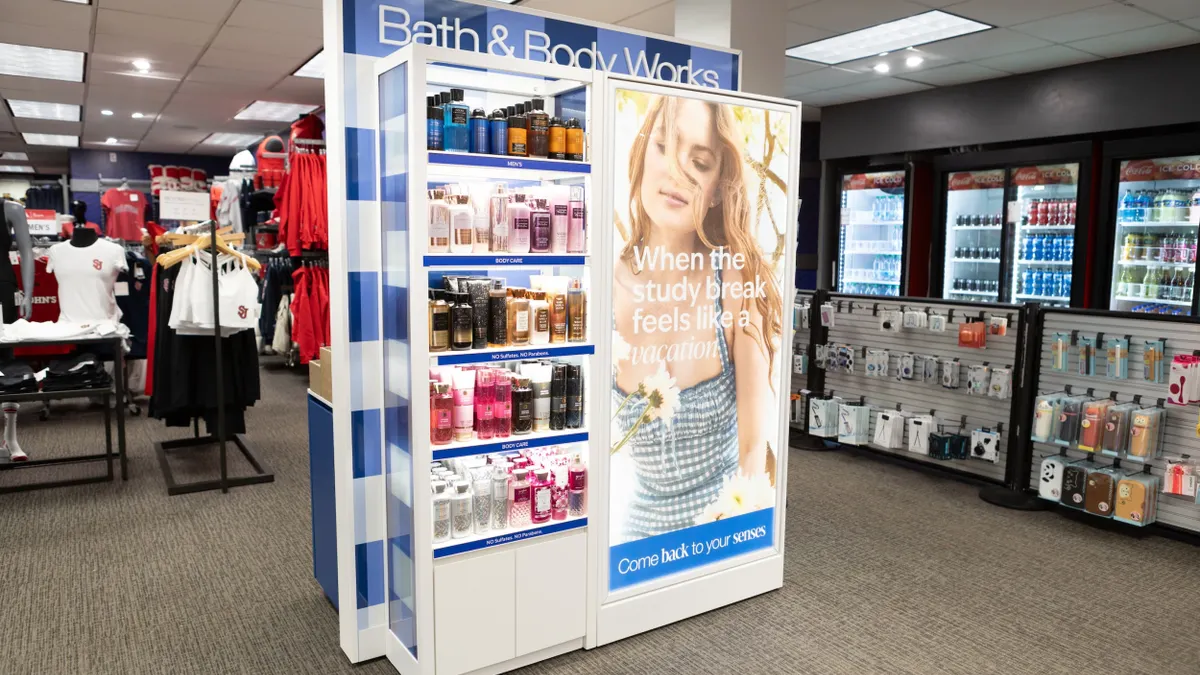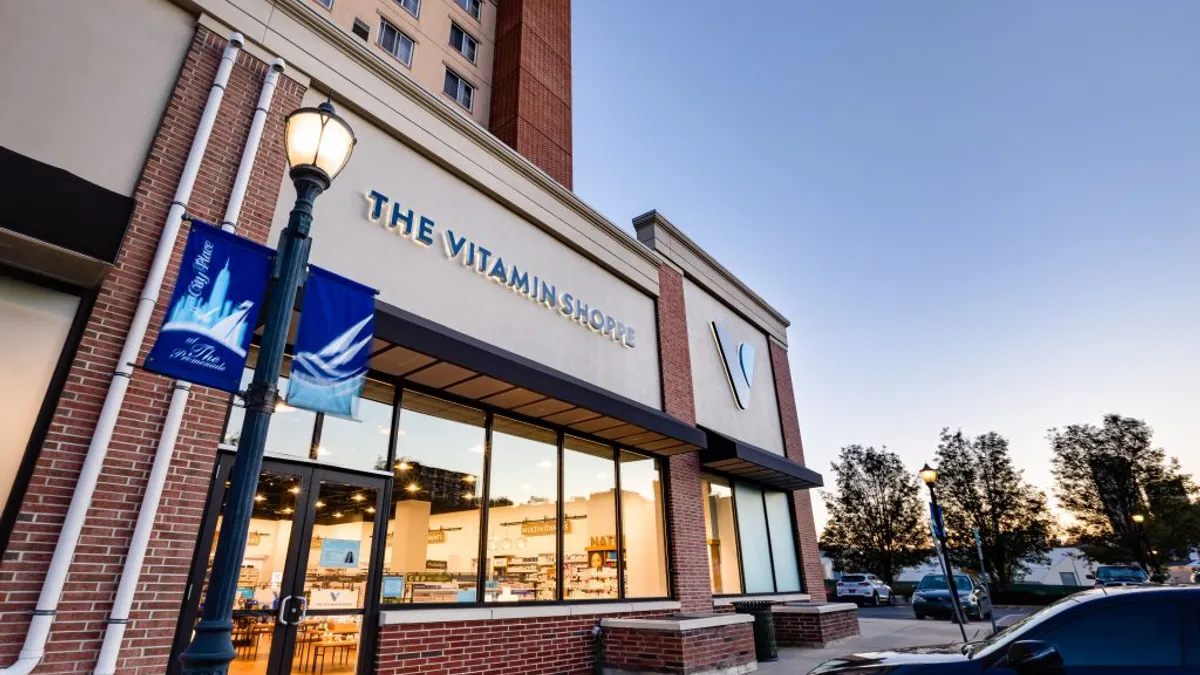In a video that garnered over 2 million views, Adam Mosseri, the head of Instagram, announced where the app is headed in the future.
"We're no longer a photo-sharing app," he said. Instead, Instagram will lean into four key areas: creators, video, messaging and shopping. As to why shopping made the list, Mosseri said the pandemic "accelerated the shift of commerce from offline to online by a number of years, and we're trying to lean into that trend."
The announcement garnered mixed reactions in the comment section — some went as far as to claim the move would sabotage the app's foundations. But to experts who've been watching the industry closely, the app's shift away from primarily being a social media app is a culmination of what giants in the space have slowly been tapping into since the pandemic's early days: online shopping.
When it became apparent that e-commerce sales were going to reach record highs last year as the threat of the virus kept consumers at home, social media platforms like Instagram, Facebook, Snapchat and others quickly released several shopping features in a row in a bid to claim their stake in the social commerce market and diversify their revenue streams.
Instagram, for instance, introduced Shops on the app in May last year, an online store in the app that lets businesses customize their shop's look. The company then announced its new commerce eligibility requirements, which opened its shopping feature to a broader range of businesses and creators, and launched Shopping in Reels.
"The experience on Amazon is the same as Amazon from 1999. It's not the same Facebook from 2006."

Yuval Ben-Itzhak
president and chief of strategy at Emplifi
Instagram declined to comment on the details of its newfound shopping focus.
"Thanks to the pandemic-driven e-commerce boom as well as increased social media consumption, we saw all of the major social platforms roll out new offerings, fine tune their existing offerings," said Jasmine Enberg, eMarketer senior analyst at Insider Intelligence, covering global trends in social media.
Based on a recent report by eMarketer, social commerce in the U.S. has indeed been picking up steam. This year, sales rose 35.8% to $36.62 billion from $26.97 billion in 2020 and $19.42 billion in 2019 pre-pandemic, the report indicates. In 2025, eMarketer expects social commerce sales to reach $79.64 billion.
"It's not exactly new. Most of the social platforms did have some shopping functionalities for many years," Enberg said. "But with more and more people using social media, and more and more people buying online, [e-commerce] just seemed like a natural next step."
Social media's place in e-commerce
The role of social media has slowly shifted its place in the consumer's purchasing journey one innovation at a time — from being a tool to discover new products to becoming the channel where these products are purchased, said Yuval Ben-Itzhak, president and chief of strategy at Emplifi.
"One of the most well-known advantages is reach," Ben-Itzhak said. "The reach of social to billions of people over there, there's no place on the digital planet where you can get that."
Though more consumers increasingly shop online, Ben-Itzhak said they crave the product engagement they experience in physical stores — a gap in online shopping that social commerce attempts to fill. And while the shopping experience on traditional e-commerce sites has hardly changed since its inception, the same cannot be said for social media, he said.
"The experience on Amazon is the same as Amazon from 1999. It's not the same Facebook from 2006," Ben-Itzhak said. "The velocity of adding new experiences, which get people traction and get them excited, is [a] ... differentiator of social over your own e-commerce site, which no matter how beautiful it is, it's mostly static."
Brands seem to recognize that too, as they increasingly form partnerships with social platforms where consumers spend their downtime.
Facebook recently concluded a summer livestream shopping series featuring brands like Sephora, Bobbi Brown Cosmetics and Abercrombie & Fitch. Walmart has partnered with TikTok twice on livestreaming events with popular creators on the app as the hosts.
Snapchat and Pinterest, on the other hand, have both been banking on the success of AR try-on tools. The technology, which was used by brands like Gucci, Urban Decay and YSL, emulated an in-store experience and minimized returns when the pandemic pushed stores to close fitting rooms and beauty retailers to take samples off shelves.
Social media "has become the form of communication for the brands to be able to create the right dialogue," said Marshal Cohen, chief retail analyst at the NPD Group. "Retailers, they would sit there and say what the product was, they would say where it was made, they would tell you the size, they would say how much the price is, but they didn't romance the product."
Retailers' investments in these partnerships appear to yield results, according to a recent report from NPD.
A little over half (51%) of consumers surveyed in NPD's fashion apparel report said the content they saw on their Facebook and Instagram feed resulted in a purchase. The top platforms where consumers learn about brands were Facebook (41%), Instagram (35%) and Pinterest (21%). "Popularity plays a big role," Cohen said in response to why some social platforms ranked higher than others.

While only 15% of respondents on NPD's report go to TikTok to discover brands and items, the platform has gained a reputation for making products go viral in recent years. The hashtag #TikTokMadeMeBuyIt on the app currently has around 4 billion views.
Still, social commerce has a long way to go.
"Some of them are a little clumsy when it comes to the commerce part of the equation. Some of them are a little difficult in navigating through," Cohen said. "The mere fact that a lot of these sites don't have credibility as being the best value or the easiest to convert to the sale is what hinders them from closing the deal."
Taking notes from China's playbook
User experience is crucial. When platforms can provide retailers with the tools and features to create a compelling shopping experience, both brands and consumers are encouraged to join the platform, said Asa Mazor-Freedman, research specialist at Gartner.
"Another piece of this that I think needs to be said is integrations with other aspects of consumers' online behavior," he said, citing how platforms like WeChat's mini-programs not only allow consumers to shop, but also let them share that experience with other users on their own social feed. "All of a sudden commerce goes from something isolated on a brand website, on the desktop internet, to an integral part of all of your online experiences."
China, where WeChat has grown from a messaging platform to an all-in-one app or "super app," has given social media platforms in the U.S. a blueprint for how to create a thriving e-commerce ecosystem, experts said. Though social commerce in the U.S. is on the rise, it pales in comparison to the social commerce market in China.
Social commerce in the U.S. is only about one-tenth of China's $351.65 billion market in 2021, eMarketer's recent data indicates.
WeChat, owned by tech titan Tencent, popularized the trend toward building apps that touch nearly all aspects of a consumer's life — also referred to as an "everyday lifestyle app," Han Hu, research analyst at Euromonitor, said via email. Through its clever use of its existing infrastructure and even revolutionizing centuries-old traditions by launching a digital version of red envelopes in 2014, the app has amassed a massive user base, she said.

"Users now use it to shop, pay, order food, buy cinema tickets, make restaurant reservations, play games, book a doctor's appointment or pay traffic fines, all without leaving the platform," Hu said. "With a significant majority of the 1.3 billion Chinese consumers on WeChat, companies and brands vying for this important consumer market have no choice but to engage with the platform."
Unlike China's mobile-first mentality, U.S. consumers have been slow to transition from using computers to smartphones as the primary device for online purchase, Cameron Parker, research analyst at Euromonitor, said through email. Chinese consumers' willingness to adopt newer technologies along with WeChat's vast penetration among the Chinese population has played a critical role in driving social commerce in the country.
Compared to WeChat, "the U.S. is home to a number of social media platforms whose penetration and usage varies across generational lines," Parker said. Facebook's largest user demographic, for instance, are millennials and older, while TikTok boasts a younger user base, Parker added.
"That said, the fragmented social media experience in the U.S. means that there are always a variety of apps trying to fulfill these needs and a plethora of competitors vying for the same users," Parker said. "This makes it almost inconceivable that the WeChat business model, which centralizes all aspects of consumer lifestyles into one app, could ever be achieved in the U.S."
Social commerce is still an impulse-based platform and consumers don't necessarily use the apps to search for specific products, eMarketer's Enberg said. Though it will take time for shoppers to get accustomed to shopping through social platforms, she expects the market's growth to continue well into 2021 and beyond.
"The way that people are engaging on social media is really changing," she said. "It's not so much about interacting with a network of contacts anymore, it's really about either entertaining an audience, connecting with brands. There's so many more sorts of activities and opportunities on social media, and that's given the rise to a lot of these new trends."






















